How To Start Meal Planning
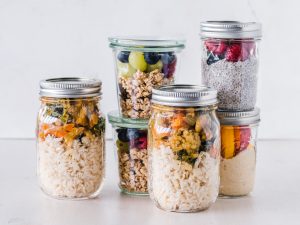 You don’t have to be a client at LIV Fitness in Livermore, CA, to understand it takes a healthy lifestyle, not just exercise, to be your fittest. Adequate sleep, plenty of hydration, and a healthy diet are other factors to help you be your best. Focusing on healthier eating is easier when you start meal planning. It saves you time and once you get into the swing of things, is faster than carryout meals. You simply heat and eat the preprepared meals.
You don’t have to be a client at LIV Fitness in Livermore, CA, to understand it takes a healthy lifestyle, not just exercise, to be your fittest. Adequate sleep, plenty of hydration, and a healthy diet are other factors to help you be your best. Focusing on healthier eating is easier when you start meal planning. It saves you time and once you get into the swing of things, is faster than carryout meals. You simply heat and eat the preprepared meals.
Spend a night planning meals, one shopping, and the weekend cooking.
Spend one night creating a meal for the following week. Make sure you use food leftover from one meal in another meal. For instance, if you bake a whole chicken, serve the baked chicken one night, make chicken salad, a chicken casserole, and chicken vegetable soup for other meals. You won’t have leftovers because they’ll all be in meals planned for the week. List all ingredients necessary and shop all at one time after you’ve eaten so snack foods aren’t part of your purchases. While cooking all meals at once sounds difficult, it isn’t. It takes less time since you use many ingredients for several meals, and everything cooks simultaneously.
You don’t have to spend all day cooking, just do double duty when you’re cooking regular meals.
You can use a multicooker, stovetop, oven, microwave, and slow cooker all at the same time to reduce the time spent in the kitchen. A lot of time spent is the actual process of food being baked, broiled, or boiled and time spent in the oven or stovetop. You can shorten the time by immediately prepping vegetables and fruit when you get home from the grocery. Cook two dishes in the oven at the same time, too.
We can make it easier.
When you use the LIV app, we cut meal planning time in half. We create menus for you and even a shopping list. If you don’t like one dish recommended, switch it out for one you do. We also create a shopping list for you. Check your cupboards to see if you have the ingredients, and if you do, delete it from the list. It prevents waste and saves money. The meals are created for your needs, whether you’re lactose intolerant or want anti-aging meals.
- Double up the recipes and freeze the extra meals. You can take a week off, have food ready for emergencies or busy weeks, or have meals for unexpected guests at dinner.
- Meal planning includes creating healthy snacks. Having cantaloupe cut up and ready to eat, or homemade healthy trail mix that’s ready in a pinch when you need a boost of energy between meals.
- Opt for in-season fruits and vegetables to save even more money. If you have a local farmers’ market or a roadside stand with homegrown organic vegetables close, include it in your shopping trip.
- Package food in serving sizes, so there’s no question at mealtime. It saves money by eliminating waste and helps with portion control. It’s ready to heat and eat. It’s faster than sitting in a drive-through line and far more nutritious.
For more information, contact us today at LIV Fitness

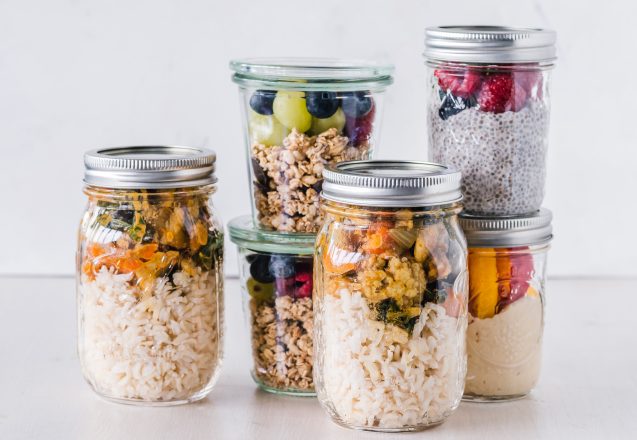
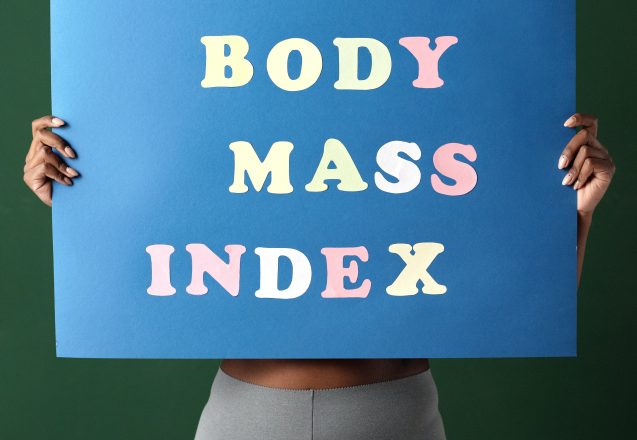
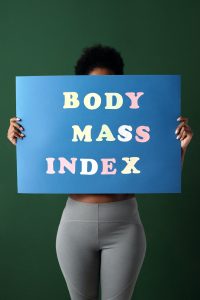 At some point in life, most people have received a BMI calculation. BMI stands for body mass index. It uses your height and weight to calculate general fitness. It’s a simple calculation that uses a chart with weight at the top and height at the side. It’s a quick way for physicians to identify whether you’re underweight, healthy, overweight, obese, or extremely obese. While men and women have separate charts, eliminating that issue, there are other problems if the BMI chart is the only way you calculate weight.
At some point in life, most people have received a BMI calculation. BMI stands for body mass index. It uses your height and weight to calculate general fitness. It’s a simple calculation that uses a chart with weight at the top and height at the side. It’s a quick way for physicians to identify whether you’re underweight, healthy, overweight, obese, or extremely obese. While men and women have separate charts, eliminating that issue, there are other problems if the BMI chart is the only way you calculate weight.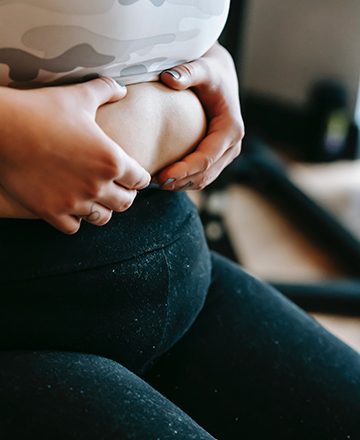
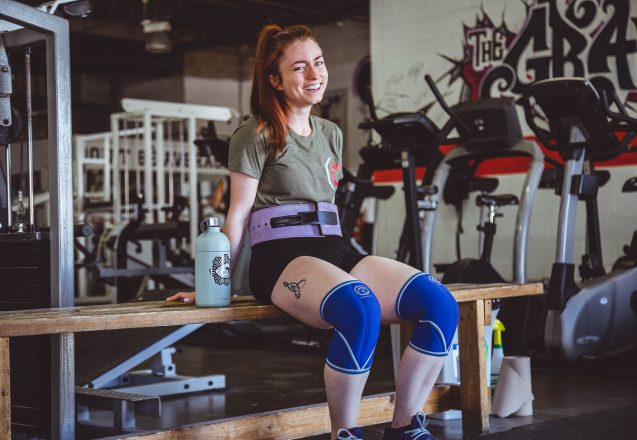
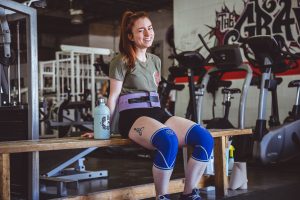 Weightlifting belts were popular in Livermore, CA, before 2000 but have since dropped out of vogue. Some people believe it can inhibit the building of lower back or core strength. It’s not a substitute for using core muscles but a way to increase the stability of your spine if you’re lifting heavy loads. It can help prevent the effect of compression on the spine. Studies show that a belt may allow you to increase muscle activity by as much as 25%. It also increases ab and lower-back muscle use.
Weightlifting belts were popular in Livermore, CA, before 2000 but have since dropped out of vogue. Some people believe it can inhibit the building of lower back or core strength. It’s not a substitute for using core muscles but a way to increase the stability of your spine if you’re lifting heavy loads. It can help prevent the effect of compression on the spine. Studies show that a belt may allow you to increase muscle activity by as much as 25%. It also increases ab and lower-back muscle use.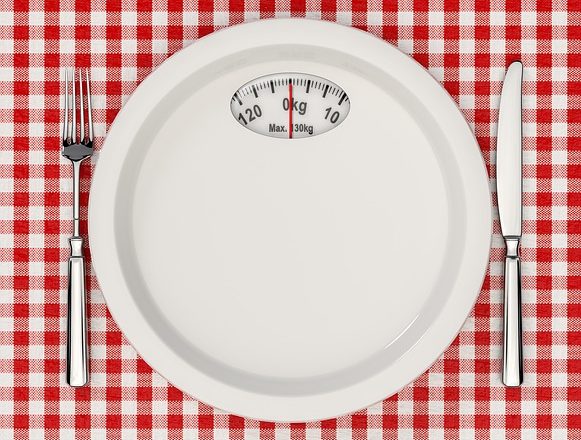
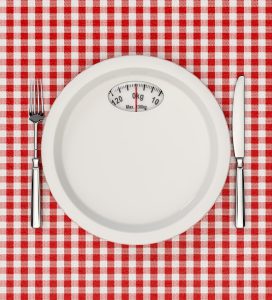 The term intermittent fasting—IF—describes a technique using meal timing. People fast within a specific window and the balance of the time, eat normally. Initially, doctors used IF to help control seizures and for other medical issues. Today, many people use it for weight loss. IF isn’t rigid. You can do it in several ways. The most popular is too fast for an extended period, such as 14 to 16 hours, consuming only tea, coffee, or water, then eat normally the rest of the time. Some forms include alternating days of normal eating with fasting days or ones when you eat limited calories.
The term intermittent fasting—IF—describes a technique using meal timing. People fast within a specific window and the balance of the time, eat normally. Initially, doctors used IF to help control seizures and for other medical issues. Today, many people use it for weight loss. IF isn’t rigid. You can do it in several ways. The most popular is too fast for an extended period, such as 14 to 16 hours, consuming only tea, coffee, or water, then eat normally the rest of the time. Some forms include alternating days of normal eating with fasting days or ones when you eat limited calories.
 If you’re focused on getting in shape but in addition to building muscle, you have to lose weight, you have to be careful or you’ll sabotage your efforts. Undertaking a weight loss program doesn’t necessarily mean you’ll only lose fat. Sometimes, you lose lean muscle mass, too. When you cut calories, you don’t always have the nutrients necessary for muscle gain either. You need to focus on both diet and exercise to achieve weight loss while building or preserving muscle tissue.
If you’re focused on getting in shape but in addition to building muscle, you have to lose weight, you have to be careful or you’ll sabotage your efforts. Undertaking a weight loss program doesn’t necessarily mean you’ll only lose fat. Sometimes, you lose lean muscle mass, too. When you cut calories, you don’t always have the nutrients necessary for muscle gain either. You need to focus on both diet and exercise to achieve weight loss while building or preserving muscle tissue.
 Everyone loves something sweet, whether it’s a juicy orange or a sweet treat. The problem with satisfying that craving for sugar with chocolate or other food with added sugar makes it even more difficult to stop overeating sugary delights once you start. That’s because sugar stimulates brain neuroreceptors which opioids also stimulate. It releases the feel-good neurotransmitter dopamine. That reward increases your desire to eat more. It’s similar to using recreational drugs. The more you eat, the more you want.
Everyone loves something sweet, whether it’s a juicy orange or a sweet treat. The problem with satisfying that craving for sugar with chocolate or other food with added sugar makes it even more difficult to stop overeating sugary delights once you start. That’s because sugar stimulates brain neuroreceptors which opioids also stimulate. It releases the feel-good neurotransmitter dopamine. That reward increases your desire to eat more. It’s similar to using recreational drugs. The more you eat, the more you want.
 If you’re like many people in Livermore, CA, you’ve heard the latest scientific discovery linking a genetic factor to the potential of becoming obese. While genetic makeup dramatically affects your future, it doesn’t seal your fate. A predisposition means you must work harder and be more careful with your diet and other lifestyle options. Scientists recently analyzed human genome sections affecting body weight in four hundred thousand people. The people in the top 10% containing those markers were 25 times more likely to become severely obese than those in the bottom 10%.
If you’re like many people in Livermore, CA, you’ve heard the latest scientific discovery linking a genetic factor to the potential of becoming obese. While genetic makeup dramatically affects your future, it doesn’t seal your fate. A predisposition means you must work harder and be more careful with your diet and other lifestyle options. Scientists recently analyzed human genome sections affecting body weight in four hundred thousand people. The people in the top 10% containing those markers were 25 times more likely to become severely obese than those in the bottom 10%.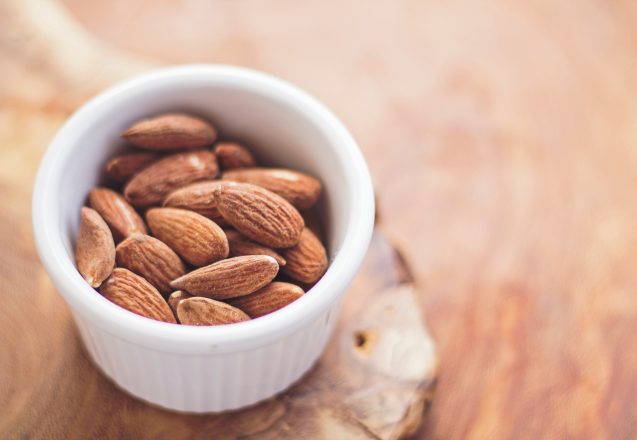
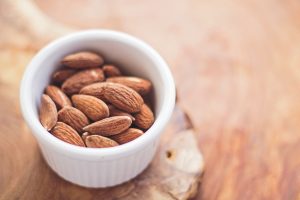 It’s three in the afternoon and you’re wiped out. Is it time to grab a candy bar or drink a cup of coffee? The answer is a resounding no. While those types of energizing foods give a quick boost, they only provide that boost for a short time, then the dip in energy goes even lower. Real energizing food gives sustained energy that diminishes slowly. Carbohydrates provide quick energy and simple carbs immediately boost blood sugar levels. Complex carbs digest slower, as do proteins and fats.
It’s three in the afternoon and you’re wiped out. Is it time to grab a candy bar or drink a cup of coffee? The answer is a resounding no. While those types of energizing foods give a quick boost, they only provide that boost for a short time, then the dip in energy goes even lower. Real energizing food gives sustained energy that diminishes slowly. Carbohydrates provide quick energy and simple carbs immediately boost blood sugar levels. Complex carbs digest slower, as do proteins and fats.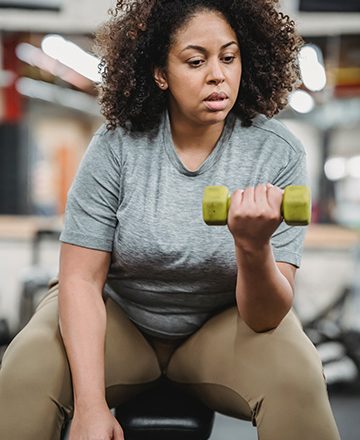
 If you live in Livermore, CA, you probably see people running or doing yoga at the beach. Exercise has become a way of life for some. Others are just starting. They begin for various reasons. People may want to build their stamina, lower their blood pressure, or burn more fat. Are all of those things possible? It depends on the goal and the exercise you’re doing, especially for fat burning.
If you live in Livermore, CA, you probably see people running or doing yoga at the beach. Exercise has become a way of life for some. Others are just starting. They begin for various reasons. People may want to build their stamina, lower their blood pressure, or burn more fat. Are all of those things possible? It depends on the goal and the exercise you’re doing, especially for fat burning.